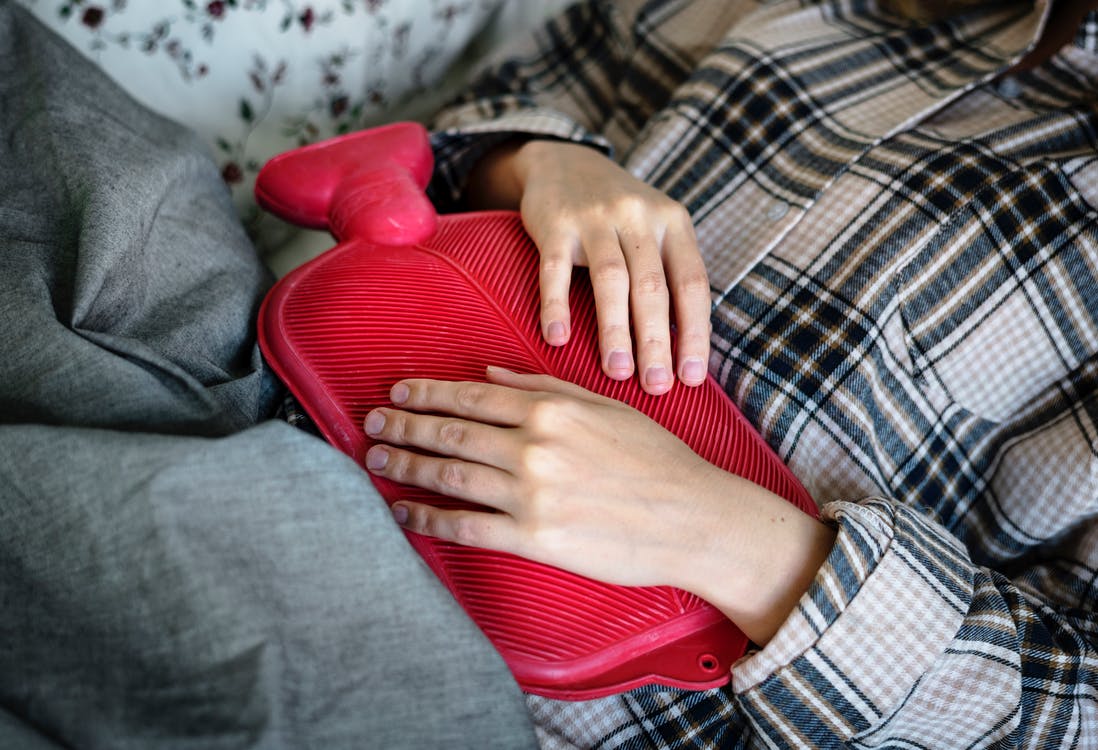5 Important Things to Know about Female Incontinence

Female urinary incontinence is a problem that often goes undiagnosed, which leads to fewer people being treated and living more normal lives. There are many reasons a woman might develop urinary incontinence at some point in her life, including pregnancy and older age. Regardless, women experiencing bladder leaks should seek help from a medical professional to try and find the source of the problem and treat it. In the meantime, there are a few important things you should know about female incontinence.
1. Don’t Give Up
Urinary incontinence is treatable and in some cases, curable. It’s important not to get overwhelmed or discouraged! There are many incontinence products for women out there, in addition to medical procedures that can give you relief from your symptoms.
2. Exercises Can Help
You’ve heard it said over and over, but pelvic floor strengthening exercises can be beneficial for many reasons, especially with stress incontinence. If you’ve ever delivered a child vaginally, the possibility of weakened pelvic floor muscles increases, which can make it more difficult to control bladder leaks. Daily exercises can help to build these muscles back up and reduce accidents.
3. Keep a Diary
If you haven’t been formally diagnosed by a medical professional, it’s a good idea to keep a diary or journal of how much you drink, and how often you urinate. This helps doctors get an idea of how severe the symptoms are, and if there might be an underlying cause. Even if you’re already visited a healthcare professional, keeping a diary will help them (and you) track changes over time and notice things that help or hinder your treatment.
4. Eat and Drink Smart
Some foods and drinks can actually make female incontinence worse. Experts say avoiding alcohol, caffeine, carbonated drinks, chocolate, artificial sweeteners and acidic foods can help with female incontinence. These foods and drinks act as diuretics and may increase your urgency to go. That’s not to say you have to give up chocolate forever, but if you notice these foods or drinks make it worse for you, it might be a good idea to reduce your intake.
5. Find the right products for you
Studies show that most people who use incontinence products use the wrong kind. Many women are using lower-absorbency products, when they should be using much higher absorbency bladder pads and pull-ups. If you need help deciding which kind or brand of incontinence products for women would be best for you, feel free to reach out to us.
